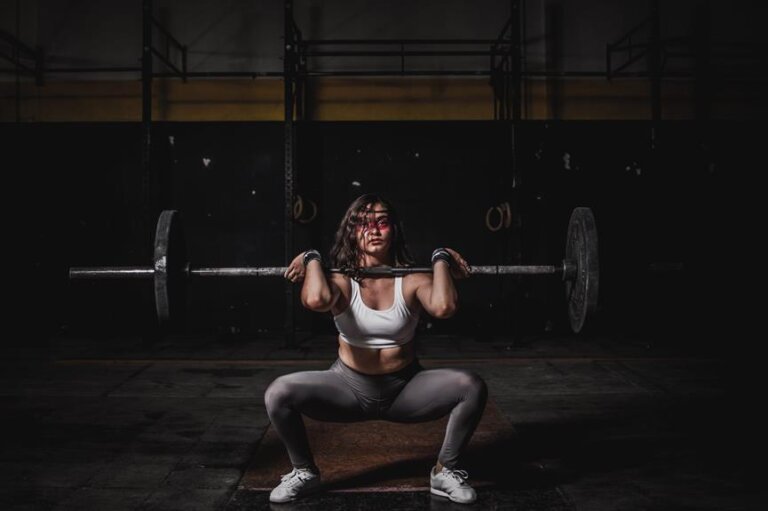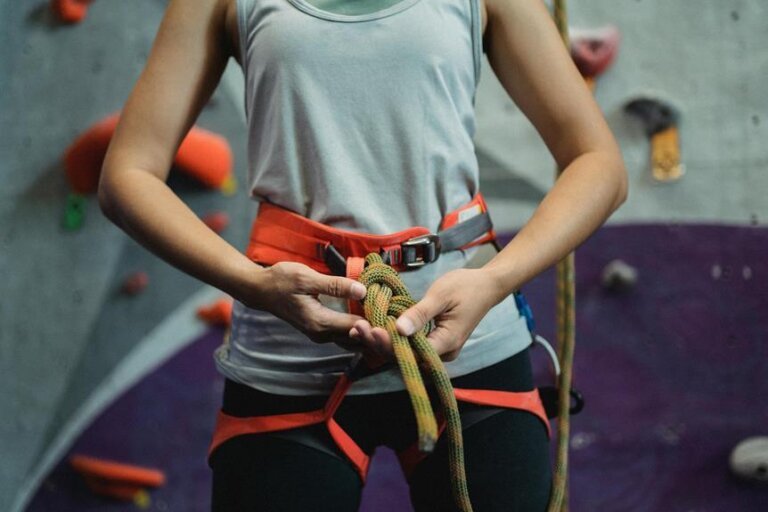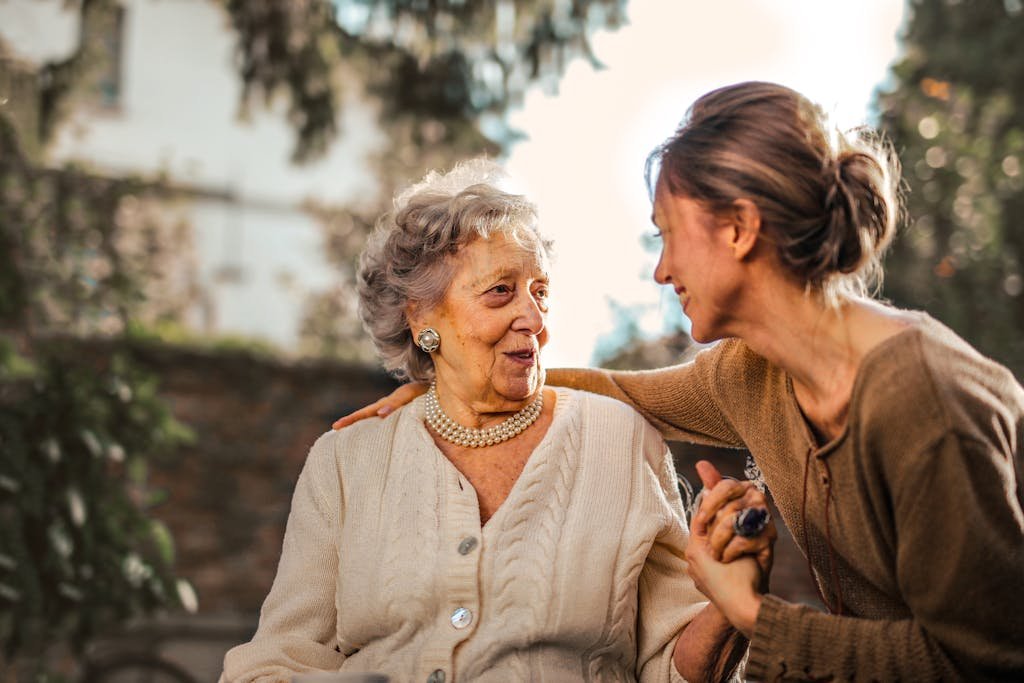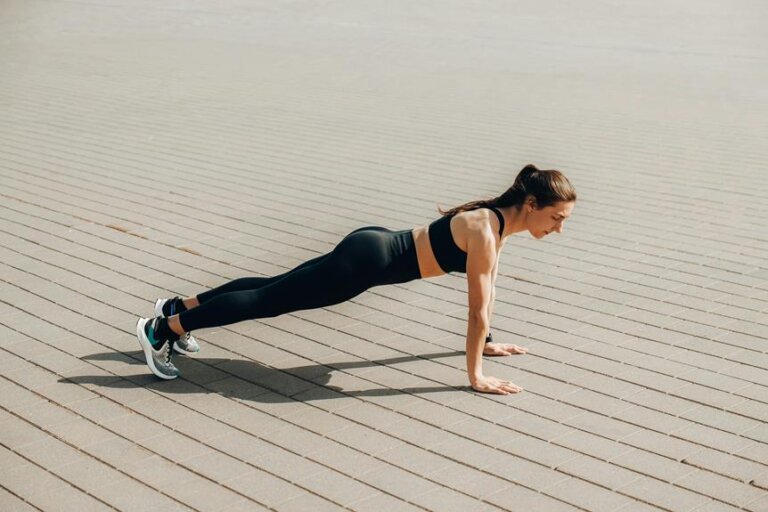Exploring Low-Impact Exercises for Older Adults: Gentle Yet Effective Fitness Options
Are you looking for safe and gentle ways to stay active as you age?
Discover how low-impact exercises can keep you fit and healthy without putting excessive strain on your body.
With a focus on effective fitness options tailored for older adults, you'll find practical tips and insights to help you maintain your well-being for years to come.
Explore the power of gentle movements and targeted workouts designed to support your overall health and vitality.
Benefits of Low-Impact Exercises
Engaging in low-impact exercises can significantly improve cardiovascular health and joint mobility for older adults. These exercises are gentle on your joints while still providing an effective workout. By incorporating low-impact activities into your routine, you can strengthen your heart, lower blood pressure, and increase overall endurance. Regular participation in such exercises can also help in managing weight, reducing the risk of chronic diseases, and improving balance and flexibility, which are crucial for maintaining independence as you age.
Moreover, low-impact exercises promote better mental health by reducing stress, anxiety, and symptoms of depression. The endorphins released during these workouts can uplift your mood and enhance overall well-being. Additionally, engaging in these activities with proper form can help prevent injuries and alleviate joint pain commonly associated with high-impact exercises. Overall, incorporating low-impact exercises into your fitness regimen can have a profound impact on your health and quality of life as you age.
Top Low-Impact Cardio Options
For older adults looking to boost their cardiovascular health with low-impact exercises, there are several top options to consider. Walking is a fantastic choice that can be easily incorporated into your daily routine. Whether you prefer a leisurely stroll around your neighborhood or a brisk walk in the park, walking is a simple yet effective way to get your heart rate up without putting too much strain on your joints.
Swimming is another excellent low-impact cardio option that provides a full-body workout. The water supports your body, reducing the risk of injury while still allowing you to engage in a challenging cardiovascular activity. Try swimming laps at your local pool or participating in water aerobics classes to mix things up and keep your workouts interesting.
Cycling, whether outdoors or on a stationary bike, is a low-impact exercise that can help improve your cardiovascular fitness. It's easy on the joints and can be adjusted to suit your fitness level. Consider joining a cycling group or exploring scenic bike paths in your area to make the most of this enjoyable cardio workout.
Strengthening Exercises for Older Adults
To enhance your strength and maintain muscle mass as an older adult, incorporating resistance training exercises into your routine is highly beneficial. Strength training not only helps you build muscle but also improves bone density, reduces the risk of falls, and enhances overall functional abilities. Focus on exercises that target major muscle groups such as squats, lunges, push-ups, and bicep curls. Start with light weights or resistance bands and gradually increase the intensity as you grow stronger.
Performing bodyweight exercises like planks, wall sits, and chair squats can also be effective in improving your strength without the need for additional equipment. Aim to include strength training activities in your routine at least two to three times per week, allowing for proper rest between sessions to prevent injury and promote muscle recovery.
Enhancing Flexibility With Gentle Movements
To further improve your overall fitness as an older adult, consider incorporating gentle movements to enhance your flexibility. Flexibility is crucial for maintaining mobility and preventing injuries as you age. Gentle movements like shoulder rolls, neck stretches, and side bends can help increase your range of motion and reduce stiffness in your joints. These simple exercises can be done seated or standing, making them accessible for all fitness levels.
Yoga and tai chi are also excellent options for improving flexibility while promoting relaxation and balance. These practices involve flowing movements that gently stretch and strengthen your muscles, enhancing your overall flexibility and stability. Regular participation in yoga or tai chi classes can lead to significant improvements in your flexibility over time.
Incorporating stretching exercises into your daily routine, such as reaching for the sky, touching your toes, and twisting from side to side, can also help maintain and improve your flexibility. Remember to breathe deeply and never push your body beyond its limits to prevent strains or injuries. Flexibility work should be a key component of your fitness regimen as an older adult, supporting your overall health and well-being.
Incorporating Balance and Stability Workouts
Consider adding balance and stability workouts to your fitness routine to improve your overall physical well-being as an older adult. These workouts are crucial for maintaining independence and reducing the risk of falls. Simple exercises like standing on one leg for 30 seconds or walking heel-to-toe in a straight line can significantly enhance your balance.
Engaging in stability ball exercises, such as seated marches or pelvic tilts, can also help strengthen your core muscles and improve stability.
Including yoga or tai chi in your routine can further enhance your balance and stability. These mind-body exercises focus on controlled movements, breathing techniques, and mindfulness, which can help improve your posture, coordination, and overall stability. Additionally, practicing these exercises can aid in reducing stress and promoting relaxation, contributing to your overall well-being.
Frequently Asked Questions
Are There Any Specific Low-Impact Exercises That Can Help With Joint Pain or Arthritis in Older Adults?
For joint pain or arthritis, low-impact exercises like swimming, walking, or gentle yoga can be beneficial. These activities help strengthen muscles, improve flexibility, and reduce inflammation, ultimately easing discomfort and enhancing overall mobility.
How Can Older Adults Safely Progress in Their Low-Impact Exercise Routine Without Risking Injury?
Advance your routine gradually, focusing on form and flexibility. Incorporate new moves mindfully, monitoring your body's response. Stay steady, seek guidance from professionals, and savor the progress. Safely strengthen and stretch, sustaining your fitness journey.
Are There Any Specific Low-Impact Exercises That Can Help Improve Cognitive Function in Older Adults?
To boost cognitive function as an older adult, consider low-impact exercises like tai chi, swimming, or yoga. These activities can enhance brain health, memory, and focus while being gentle on your body.
What Are Some Tips for Older Adults to Stay Motivated and Consistent With Their Low-Impact Exercise Routine?
To stay motivated and consistent with your low-impact exercise routine, set realistic goals, vary your workouts, find a workout buddy, track your progress, reward yourself, and remember to listen to your body. Consistency is key!
Are There Any Potential Risks or Contraindications for Older Adults When Participating in Low-Impact Exercises?
You might think low-impact exercises are risk-free for older adults, but some potential dangers lurk. Always consult a healthcare provider before starting a new routine, as certain conditions or injuries could worsen without proper guidance.
Conclusion
So there you have it, folks! Low-impact exercises are like a gentle breeze on a hot summer day, refreshing and invigorating for older adults.
From low-impact cardio to strength training and flexibility exercises, there are plenty of options to keep you moving and feeling great.
So why not give these gentle yet effective fitness options a try and see the positive impact they can have on your overall well-being? Your body will thank you for it!





